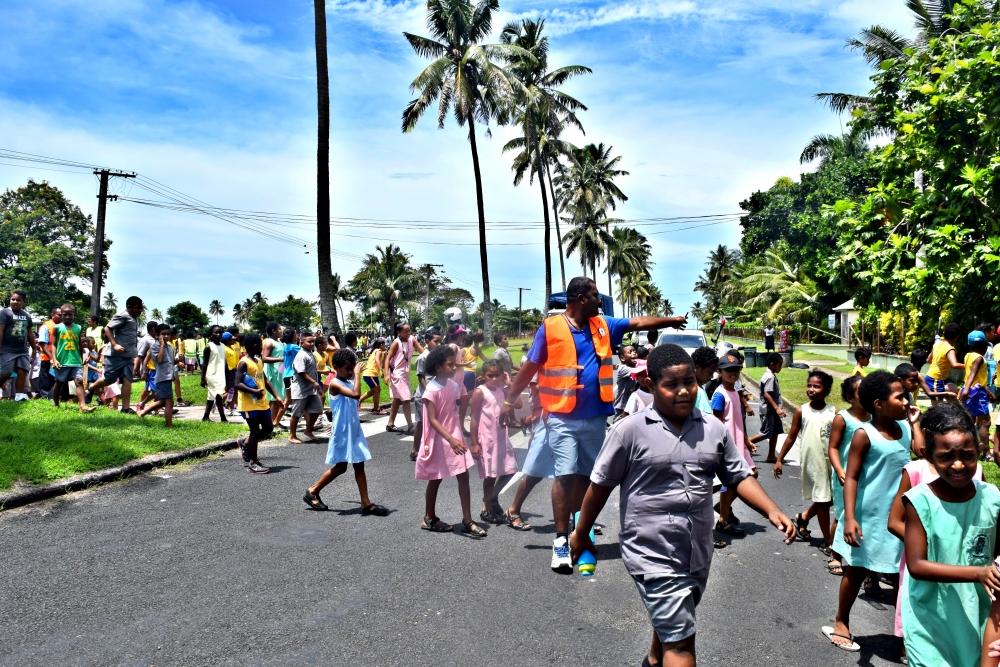Are crowdsourced apps the future for disaster response?

A crowdsourced mobile app was used for the time during an emergency response drill in Fiji this week. The geoBingAn app allows individuals to share information on disasters such as floods, landslides and tsunamis as well as their personal needs during emergencies via smartphone or text.
The app is also available offline and allows those affected to share real-time up to date information on key issues during emergencies including evacuation and shelter.
Users are also able to highlight areas on a map and post photos of the damage caused.
The data inputted by users is then transformed into a community hazard map which can be viewed by authorities and communities on a website connected through Geographical Information Systems (GIS). Key data can also be acquired through satellites.
The aim of crowdsourcing information in a disaster is to provide more timely and accurate information to improve emergency response and save more lives.
The emergency drill in Fiji involved the evacuation of 4,000 students and teachers from 5 schools along the country’s Suva coast.
Throughout the drill disaster management officials were provided with up to date and real time information on the simulated emergency.
The drill was part of a wider regional project run by the United Nations Development Programme (UNDP) and Japan called “Strengthening School Preparedness for Tsunamis in the Asia and the Pacific”. So far, 16 countries in the region have taken part in the project.
The app is the outcome of a regional project funded by the Japan Fund for Poverty Reduction and administered by the Asian Development Bank which hopes to increase the role of space-based technology and ICT in disaster risk management.
The Asian Development Bank has called for more information-based disaster risk management and response tools to be used in countries that are vulnerable to disasters.
The project is focused on Asian countries that are highly prone to natural disasters: Armenia, Bangladesh, Fiji and the Philippines. The UNDP hopes that the technologies will be adopted by other vulnerable countries following the pilot tests.
The Fijian project aims to increase the capacity to collect and disseminate data at local and community levels to improve disaster resilience and make disaster response more effective and efficient.
Join us for the AIDF Global Summit on 5-6 September in Washington D.C where technology for disaster response and resilience will be a key topic for discussion.
If you’d like to stay informed on the latest updates in aid and development, please sign up for the AIDF newsletter.
Image credit: UNDP Fiji












_(1)-115x71.jpg)


